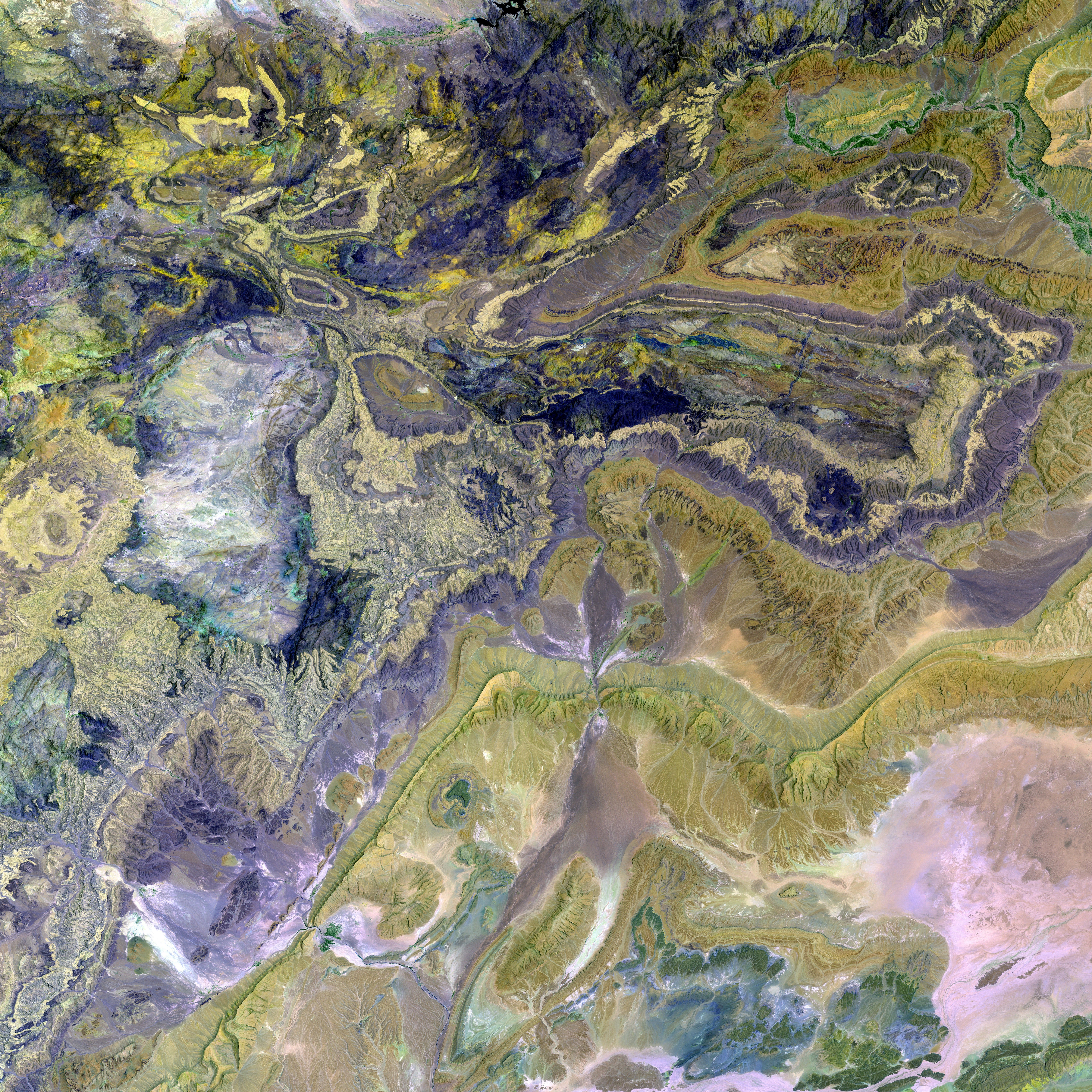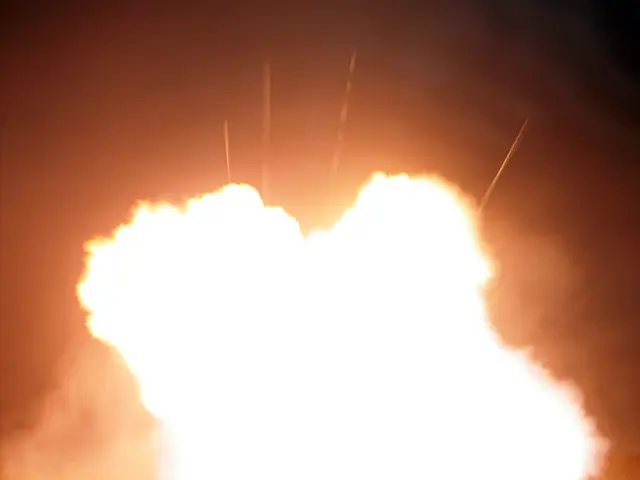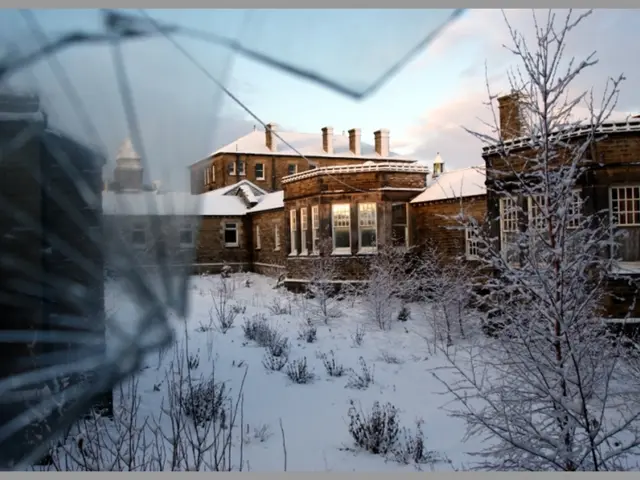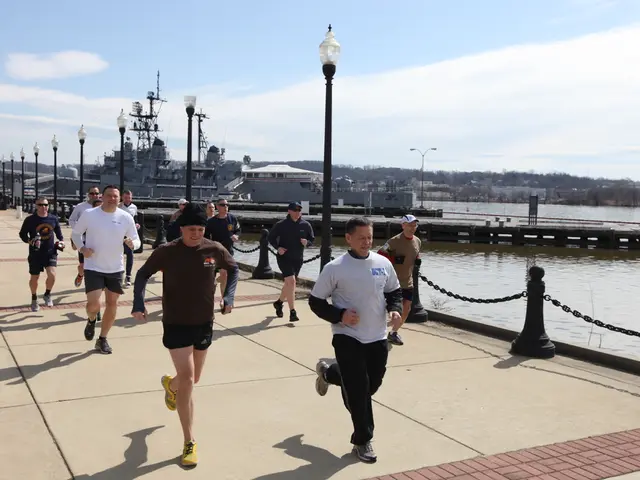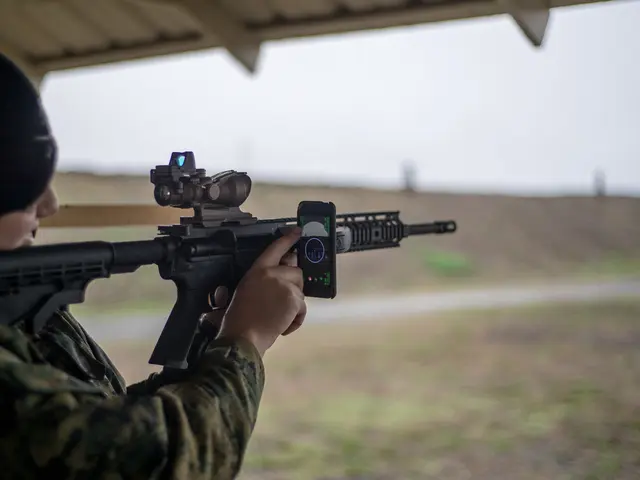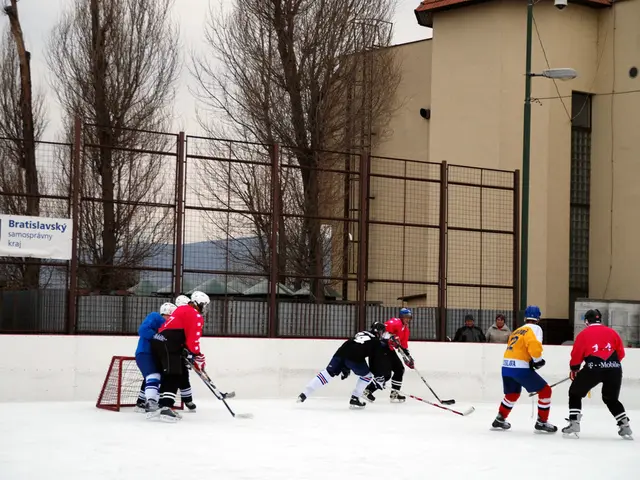- Sparking regional concerns and international attention, the recent skirmishes between pro-government forces and Syria's Druze community have taken a deadly turn. Let's delve into the key aspects of this developing situation.
Recent Hostilities and Escalation
- Instigator: A fabricated audio clip, falsely attributed to a Druze spiritual leader, ignited Sunni Muslim outrage and incited clashes in mainly Druze localities around Damascus, such as Jaramana [2][5]. The leader disputed involvement in the clip and denounced it as an attempt to sow sectarian strife [5].
- Causalities: Casualty numbers fluctuate; initial skirmishes resulted in 4–5 deaths (April 29–30) [5], which escalated to 22 fatalities as Syrian authorities moved in to restore order [4]. Pooled figures indicate over 1,500 casualties (mostly Alawite civilians) in March 2025, although the connection to Druze clashes remains ambiguous [1][2].
- Government Actions: Syrian authorities launched investigations into the audio clip and urged restraint [5], while security forces wrestled with Druze militants in Jaramana and Sahnaya [3][5]. The Interior Ministry accused "unauthorized armed groups" of exacerbating tensions [3].
Israel's Military Intervention
- Precautionary Strike: On April 30, Israel used a Hermes 450 UAV drone to strike an armed group near Sahnaya, alleging that they were preparing an imminent assault on the Druze populace [3]. One Syrian security official perished in the attack [3].
- Communications to Syria: Israeli Prime Minister Netanyahu and Defense Minister Katz cautioned Syria’s leadership about protecting the Druze, implying further military action against government targets if violence continues [3].
- Troop Positions: Israel has maintained forces in southern Syria’s demilitarized zone since late 2024, justifying it as a precautionary measure to safeguard Druze communities residing near the Golan Heights [3].
Wider Consequences
- Sectarian Tensions: The hostilities underscore delicate sectarian arrangements, particularly between Syria’s Druze, the Alawite-backed government forces, and Sunni groups [1][2][5].
- Regional Politics: Israel’s direct military involvement illustrates its policy of shielding Druze populations near the Golan Heights, thus complicating its tactical understanding with Damascus against common adversaries like Iran-backed militias [3].
- Government Credibility: Druze leaders fault the Syrian government for failing to prevent attacks, indicating eroding confidence in state authorities [3][5].
Conflict near Damascus: Syrian government sends security personnel - Clashes near Damascus: Syrian authorities mobilize security units
This ongoing turmoil hints at mounting instability in government-held zones, with localized conflicts running the risk of broader regional escalation.
- The European Union, integral to the global community, has also been warned about the escalating violence and sectarian strife in Syria, particularly the recent attacks on Druze communities, and has expressed a desire to be engaged in the war-and-conflicts, politics, general-news, and crime-and-justice aspects of the situation.
- As the Druze community in Syria fights against government forces, there have been reports of increased casualties, with numbers fluctuating but overall reaching over 1,500, including Alawite civilians, in March 2025, with the connection to the Druze clashes remaining ambiguous.
- In response to the Druze clashes and the growing threat to Druze communities, Israel has taken a proactive stance by launching a precautionary strike on an armed group near Sahnaya, accusing them of preparing an imminent assault, and has also communicated directly with Syria's leadership, warning about protecting the Druze and implying further military action against government targets if violence continues.
- Despite the government's efforts to investigate the causes of the violence, Druze leaders have expressed significant dissatisfaction, accusing the Syrian government of failing to prevent attacks and thus eroding confidence in state authorities.
- The ongoing violence in Syria, characterized by attacks on Druze communities, has raised concerns not only on a regional scale but also internationally, prompting calls for intervention and increased scrutiny on the Syrian government's handling of the situation.
